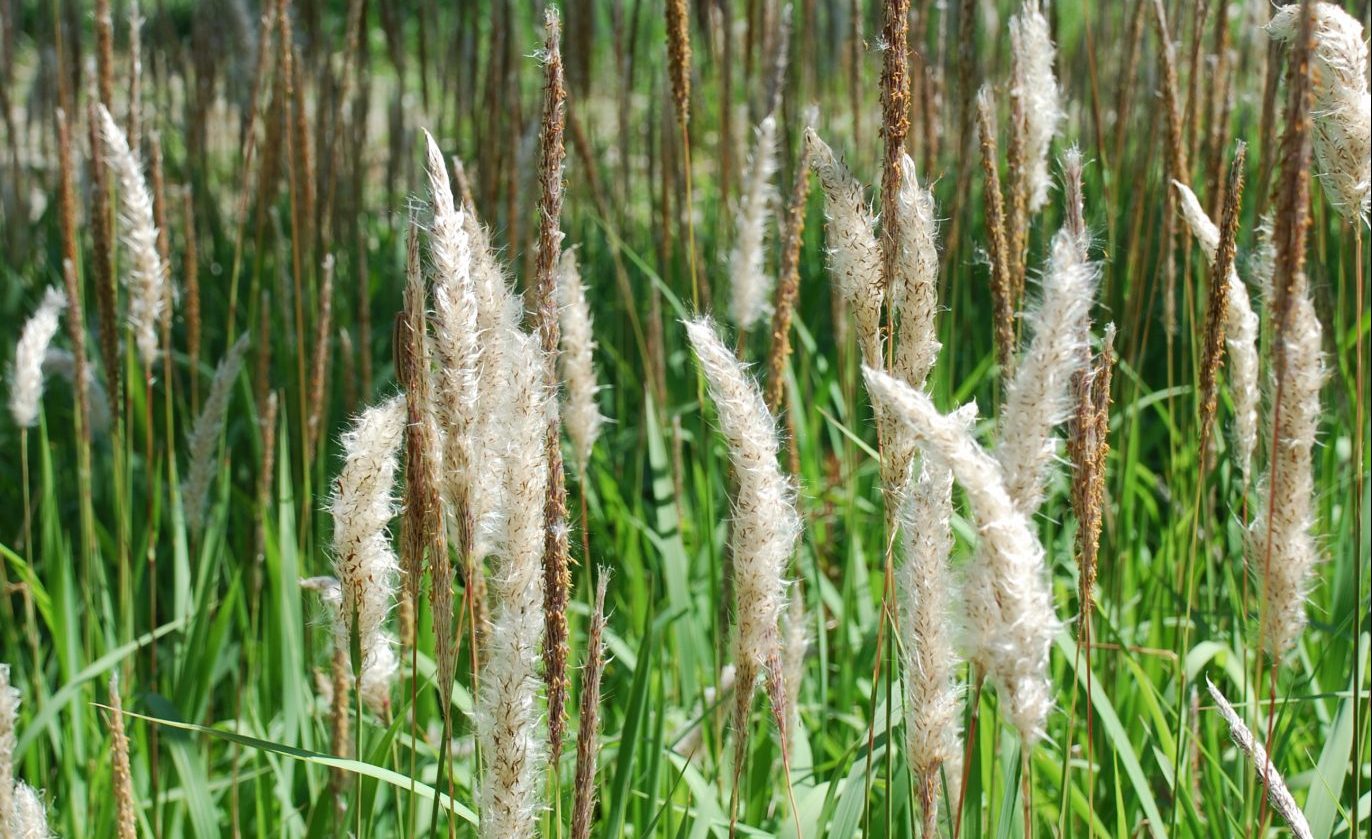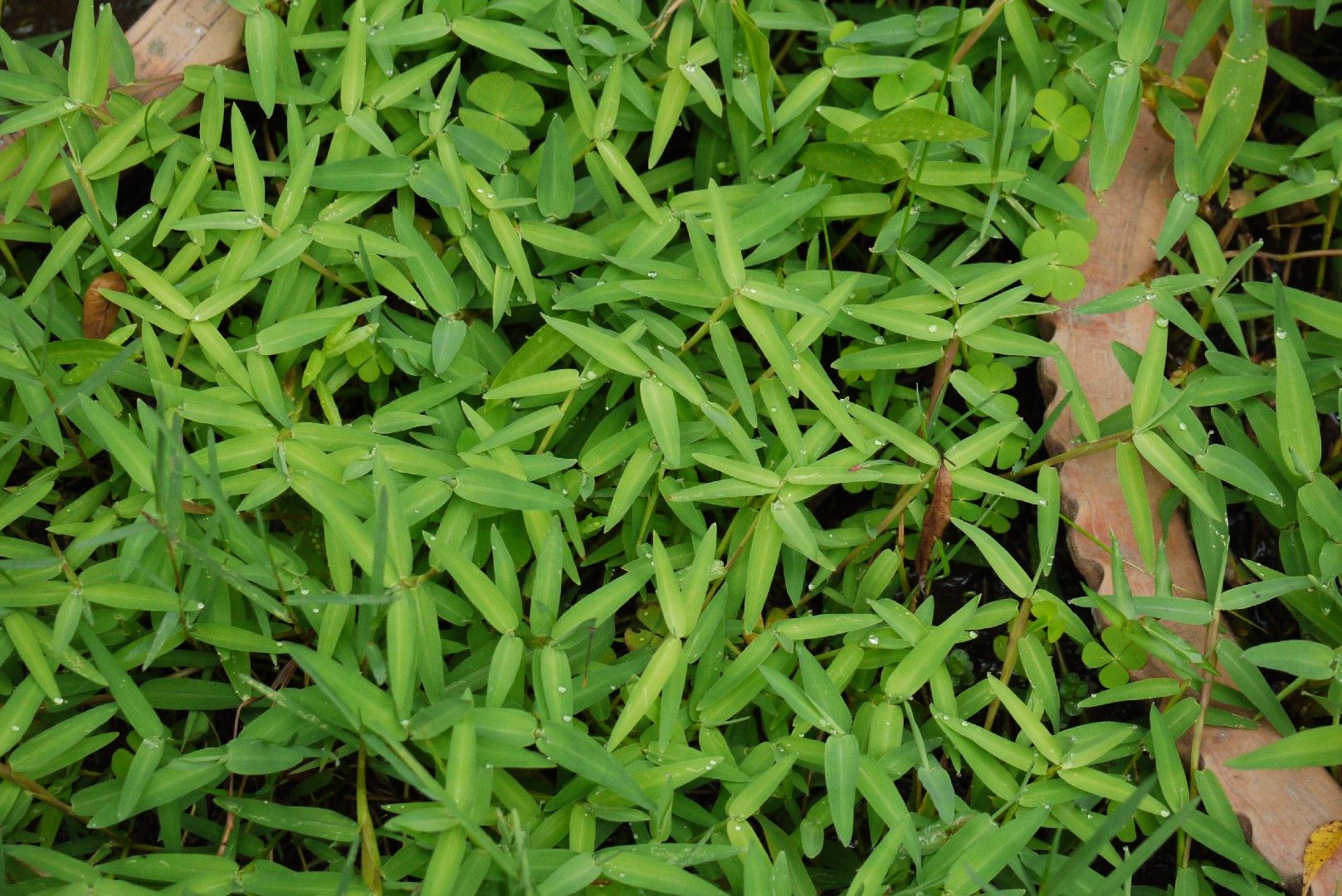The Nutgrass That's Not A Nut: Everything You Need To Know About Nutsedge Grass
The Nutgrass That's Not a Nut: Everything You Need to Know About Nutsedge Grass
Nutsedge is a perennial weed that is common in lawns, gardens, and other areas with moist soil. It is a member of the sedge family, and it is not actually a grass, despite its name. Nutsedge is a difficult weed to control, and it can quickly take over an area if left unchecked.
In this blog post, we will discuss everything you need to know about nutsedge grass, including how to identify it, how it spreads, and how to control it.
What is Nutsedge?
Nutsedge is a perennial weed that is native to tropical and subtropical regions. It is now found in all parts of the world, including the United States. There are two main types of nutsedge: yellow nutsedge and purple nutsedge.
Yellow nutsedge is the most common type of nutsedge. It has yellow-green leaves that are triangular in shape. The leaves are arranged in a fan-like pattern, and they grow from a central rhizome. Yellow nutsedge can grow up to 18 inches tall.
Purple nutsedge is less common than yellow nutsedge, but it is still a significant problem. It has purple-green leaves that are also triangular in shape. The leaves are arranged in a fan-like pattern, and they grow from a central rhizome. Purple nutsedge can grow up to 24 inches tall.
How to Identify Nutsedge
Nutsedge can be difficult to identify, especially if you are not familiar with it. However, there are a few key features that can help you identify it.
- Leaves: Nutsedge leaves are triangular in shape and arranged in a fan-like pattern.
- Rhizome: Nutsedge has a central rhizome that is underground. The rhizome is used to store food and to help the plant spread.
- Flowers: Nutsedge flowers are small and brown. They are typically found in the summer.
How Nutsedge Spreads
Nutsedge spreads by both seeds and rhizomes. The seeds are spread by wind and water. The rhizomes are underground stems that can grow several feet long. The rhizomes can break off and start new plants.
How to Control Nutsedge
There are a number of ways to control nutsedge. Some of the most common methods include:
- Hand pulling: Hand pulling is the most effective way to control nutsedge. However, it can be time-consuming and difficult, especially if the nutsedge is well-established.
- Soil solarization: Soil solarization is a method of killing nutsedge by exposing the soil to sunlight. This method is most effective in the summer, when the soil is warm.
- Herbicides: There are a number of herbicides that can be used to control nutsedge. However, it is important to choose a herbicide that is specifically labeled for nutsedge.
- Cultural controls: There are a number of cultural controls that can help to prevent the spread of nutsedge. These include:
- Mowing your lawn regularly.
- Aerating your lawn.
- Improving drainage.
Conclusion
Nutsedge is a difficult weed to control, but it is not impossible. By following the tips in this blog post, you can help to keep your lawn and garden free of this pesky weed.
Nutsedge grass is a common and troublesome weed that can be difficult to control. If you're struggling with nutsedge in your lawn or garden, you may want to visit Garden Wiki for more information.
This website provides a wealth of information about nutsedge, including its identification, biology, and control methods. You'll also find a variety of resources, such as articles, videos, and fact sheets, that can help you get rid of nutsedge for good.
In addition to providing information about nutsedge, Garden Wiki also offers a variety of other resources that can help you improve your lawn and garden. Whether you're looking for tips on how to fertilize your lawn, control pests, or plant new flowers, you're sure to find something helpful on this website.
So if you're having trouble with nutsedge, or if you just want to learn more about lawn and garden care, I encourage you to visit Garden Wiki. You won't be disappointed.
FAQ of nutsedge grass
1. What is nutsedge grass?
Nutsedge grass is a perennial weed that is difficult to control. It has triangular stems, yellow flowers, and nut-like tubers that allow it to spread quickly. Nutsedge grass prefers moist soil, but it can also grow in dry conditions.
2. How does nutsedge grass start?
Nutsedge grass can start from seed, but it most commonly spreads by its nut-like tubers. These tubers can be found in the soil and can survive for several years. When conditions are right, the tubers will sprout and form new plants.
3. How do I get rid of nutsedge grass?
There are a number of ways to get rid of nutsedge grass, but it is a difficult weed to control. Some common methods include:
- Hand-pulling: This is the most effective way to get rid of nutsedge grass, but it can be time-consuming and labor-intensive.
- Using a herbicide: There are a number of herbicides that can be used to kill nutsedge grass. However, it is important to choose a herbicide that is specifically designed for nutsedge, as other herbicides may not be effective.
- Solarization: This method involves covering the soil with clear plastic for several weeks. The heat from the sun will kill the nutsedge grass.
4. What are the symptoms of nutsedge grass?
The most common symptom of nutsedge grass is the presence of triangular stems with yellow flowers. The nut-like tubers can also be found in the soil. Nutsedge grass can also crowd out other plants and reduce crop yields.
5. How can I prevent nutsedge grass from coming back?
The best way to prevent nutsedge grass from coming back is to remove all of the nut-like tubers from the soil. This can be done by hand-pulling or by using a solarization method. You can also try to keep the soil dry, as nutsedge grass prefers moist conditions.
Image of nutsedge grass
5 different images of "nutsedge grass" from Pinterest:
- Yellow nutsedge: This is the most common type of nutsedge grass. It has yellow-green leaves and produces small, brown tubers.

- Purple nutsedge: This type of nutsedge grass has purple-green leaves and produces small, black tubers.

- Cogongrass: This type of nutsedge grass is a tropical species that is often found in disturbed areas. It has long, thin leaves and produces small, black tubers.

- Watergrass: This type of nutsedge grass is a water-loving species that is often found in wetlands. It has long, narrow leaves and produces small, brown tubers.

- Nutgrass: This is a general term that can refer to any of the above types of nutsedge grass.

Post a Comment for "The Nutgrass That's Not A Nut: Everything You Need To Know About Nutsedge Grass"